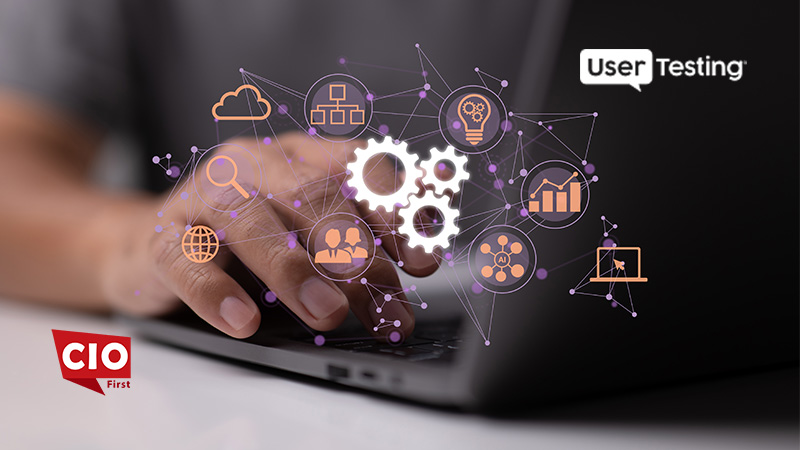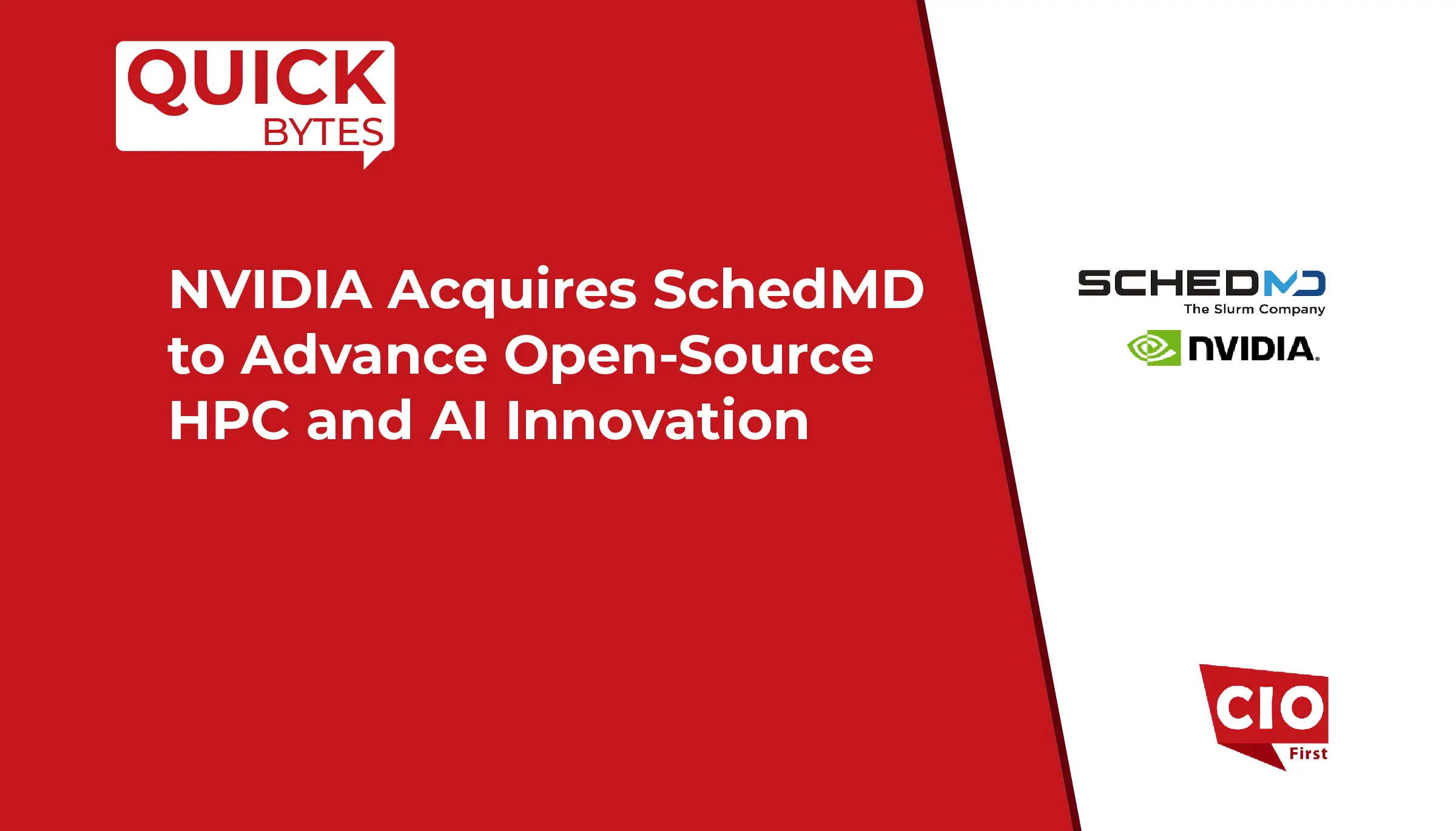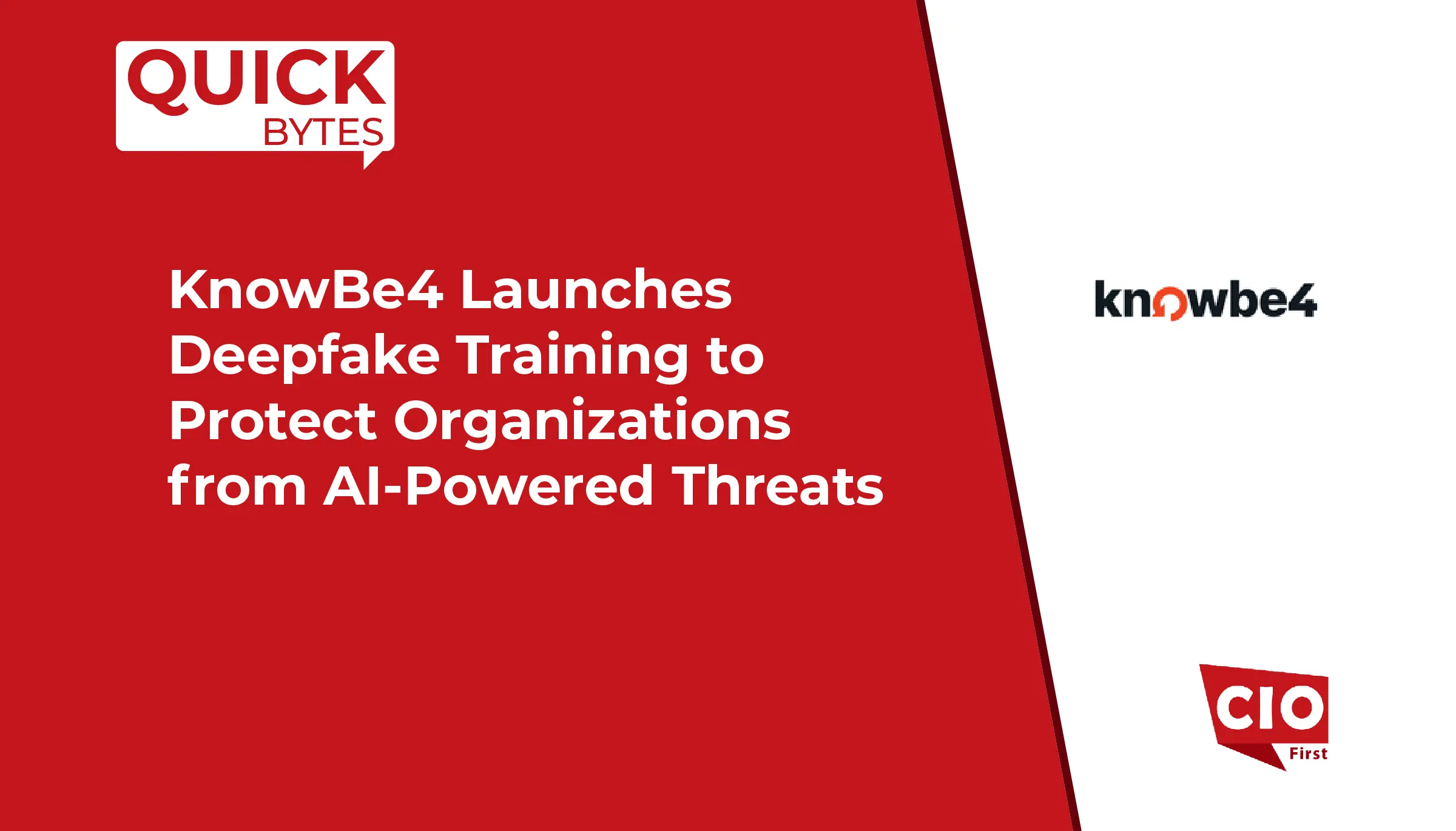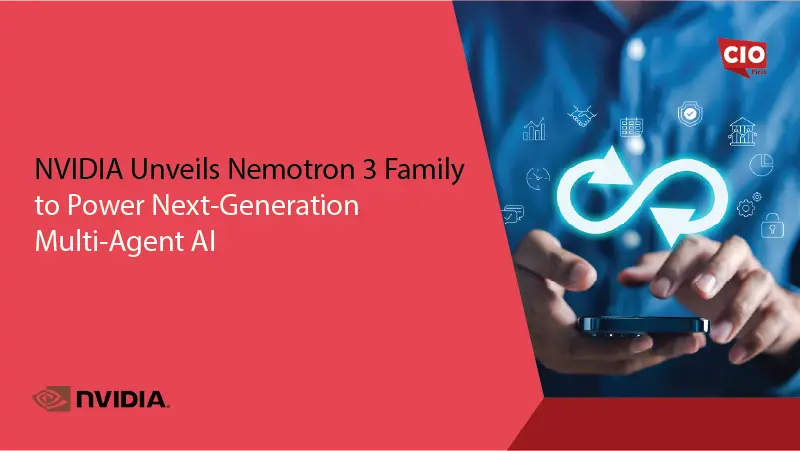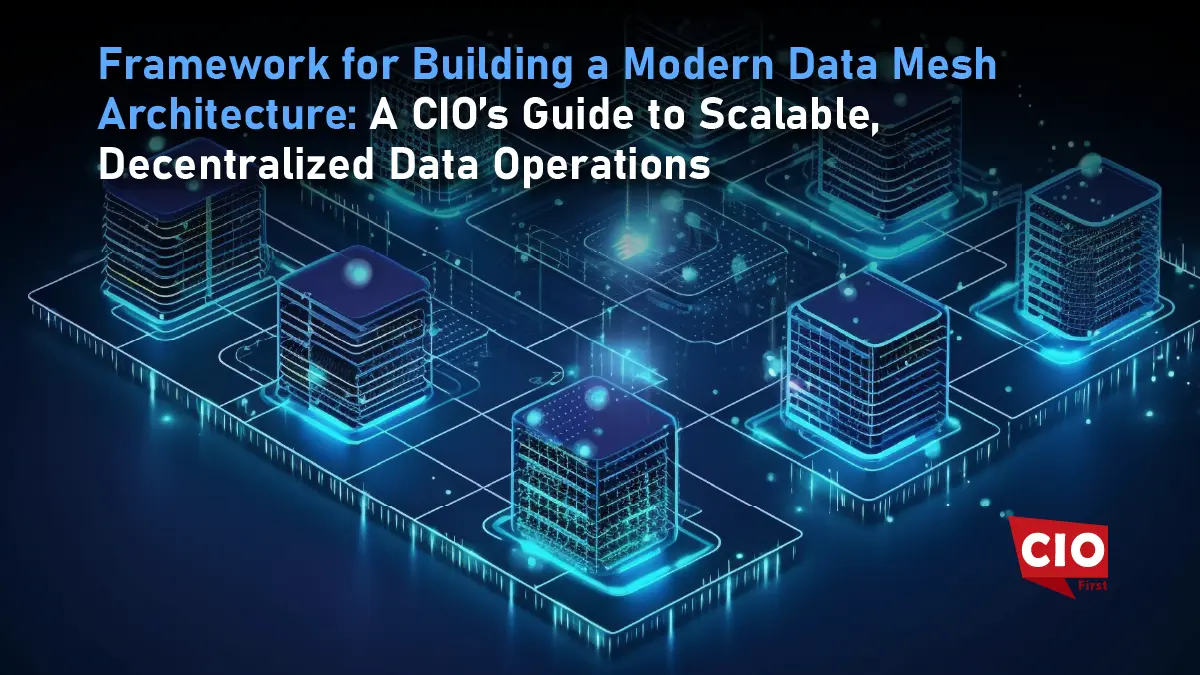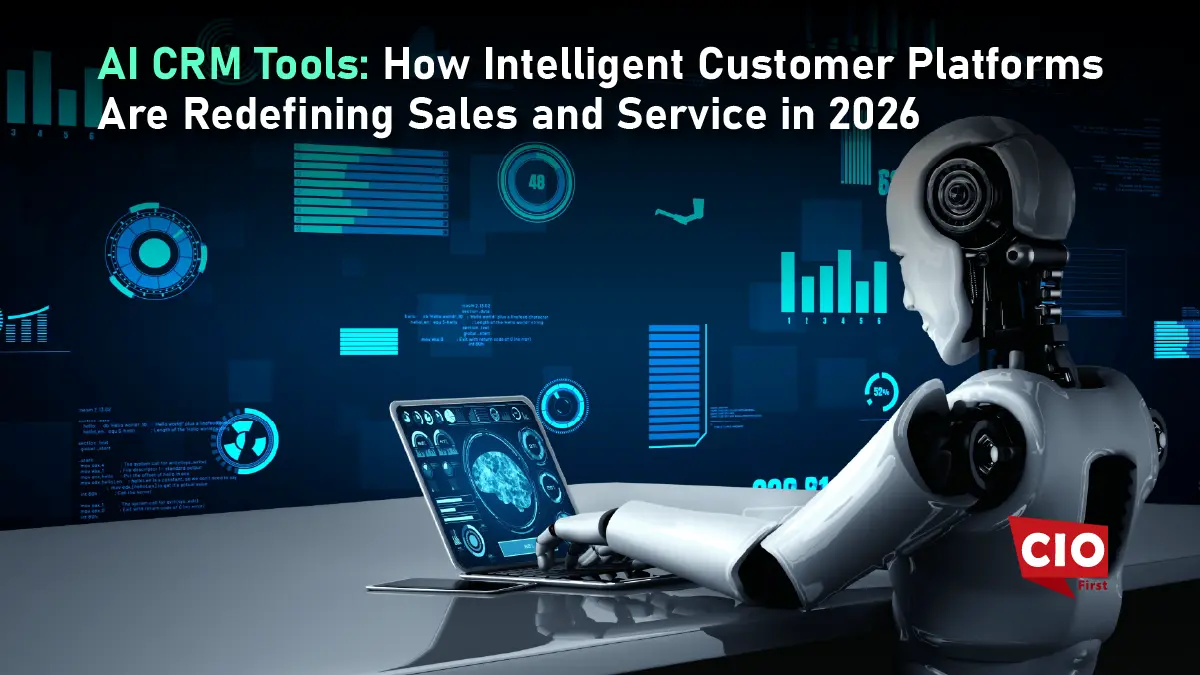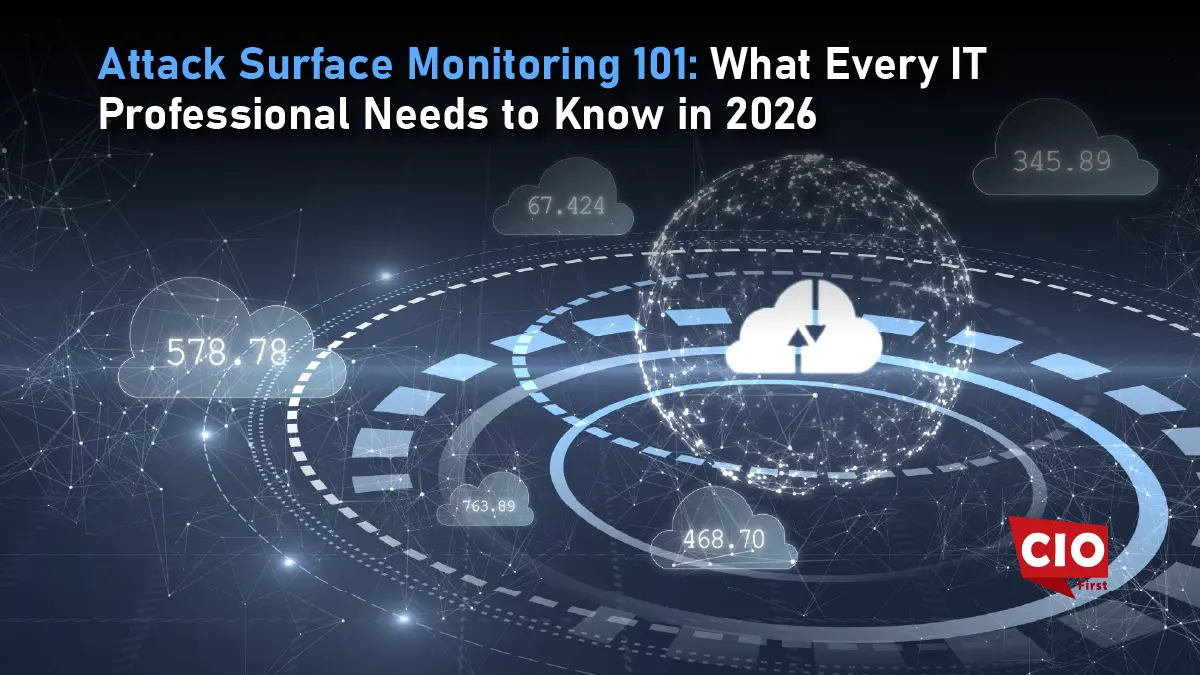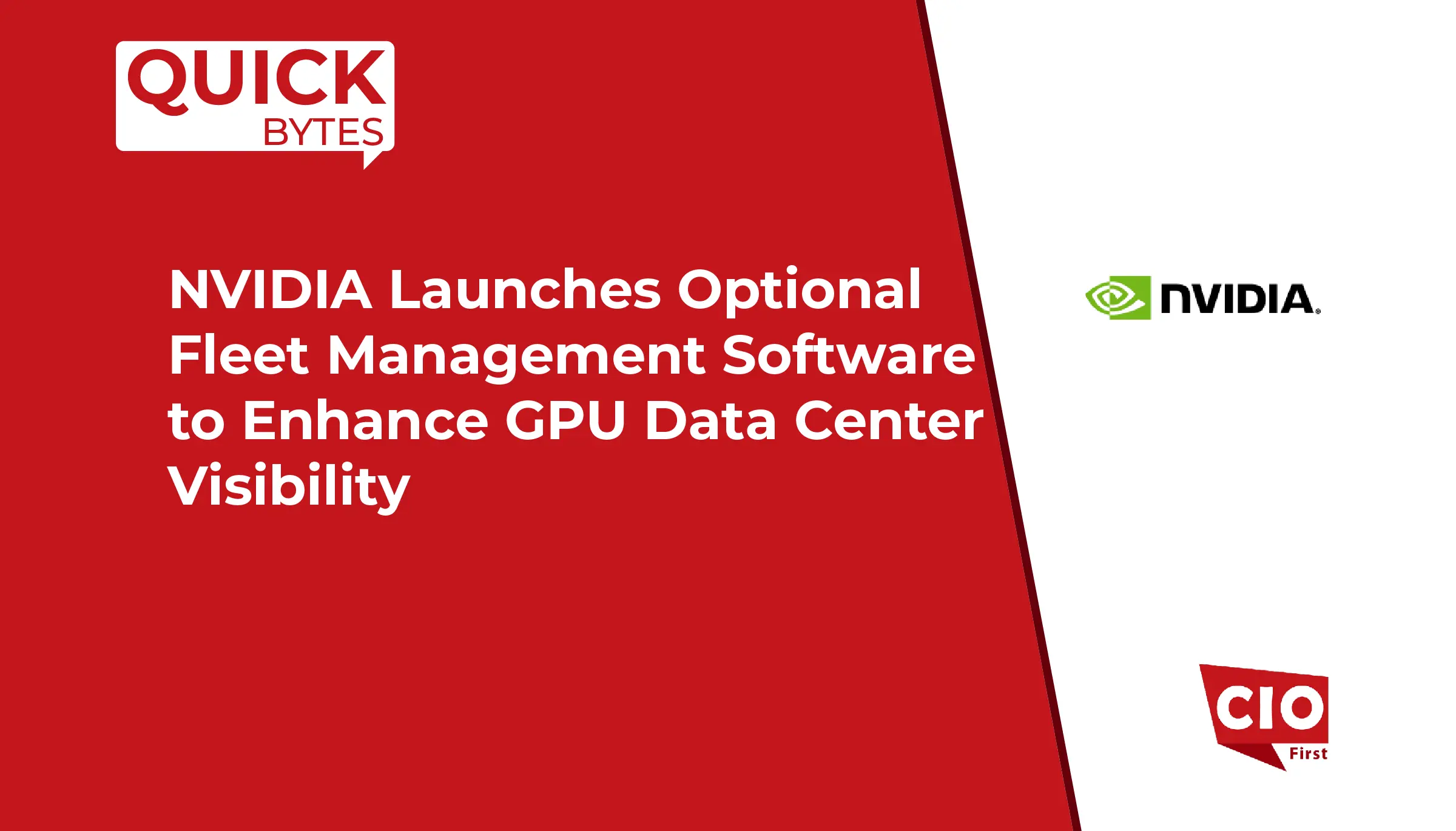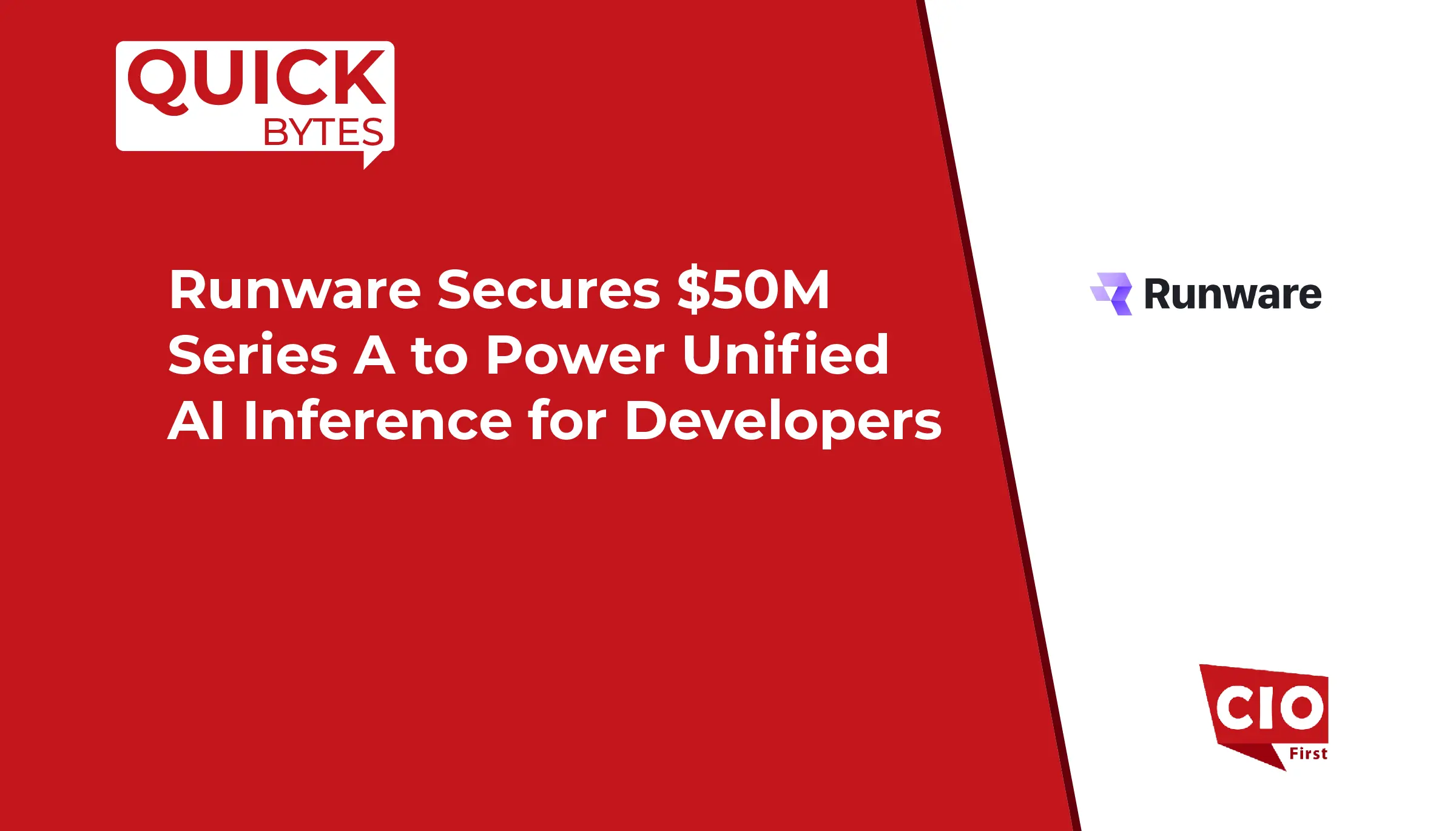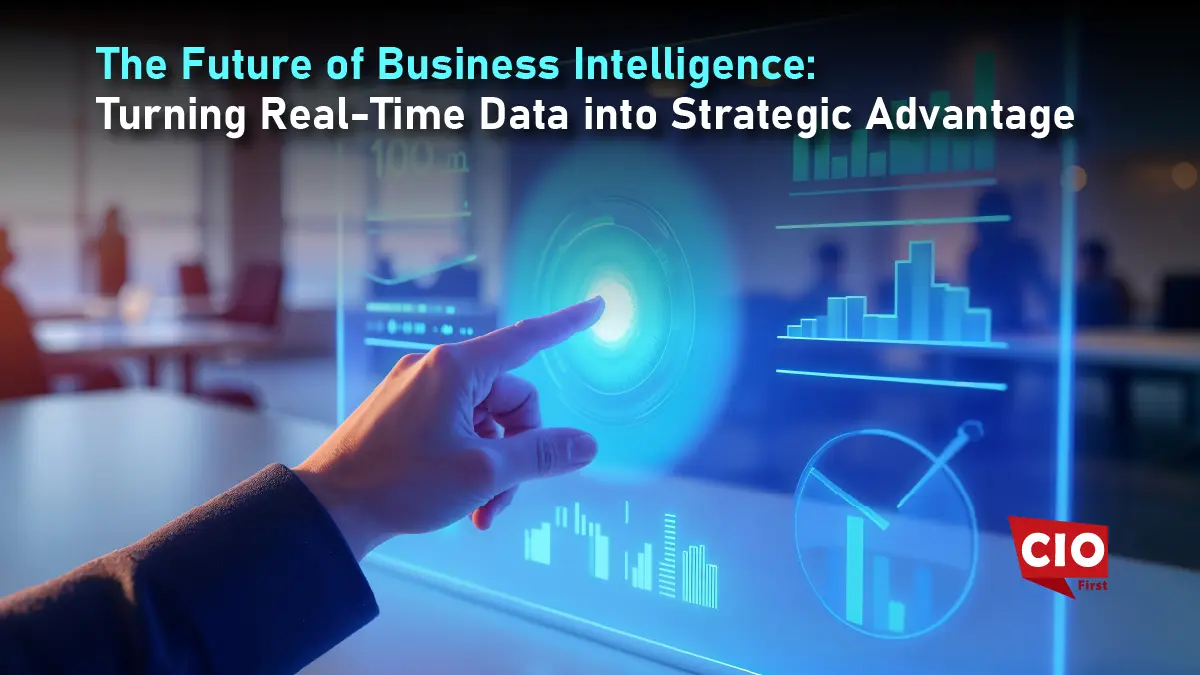The data tsunami has officially hit. The flow of information brought about by every click, purchase, and sensor ping is so massive that traditional reporting can’t even cope with it. Dashboards, which were considered futuristic a short while ago, now seem to be a rear-view mirror, indicating the past instead of the future. The problem isn’t data scarcity, it’s insight delay and in fast-moving markets, delay kills momentum.
Modern business intelligence is rewriting the playbook. Describing what happened is not the main issue anymore; the main issue now is to foresee what is going to happen next as well as to take the right action at the right moment. The business intelligence (BI) is being transformed from a reporting function to a decision engine through AI-powered analytics, immediate data processing, and intricate system integration.
Even industry recognition is catching up to this shift. Google Cloud, recently named a Leader in the 2025 Gartner Magic Quadrant for Analytics and BI Platforms, signals where the future of intelligent business is headed.
Beyond Descriptive Reporting and Why Dashboards Are No Longer Enough

Dashboards were once the crown jewel of business intelligence. Now, they’re starting to show their age. It is not the data that causes the problem; it is the delay. The traditional BI systems depend on data warehouses and nightly ETL cycles, which results in the availability of the insights after the time when their importance has passed. The delay might be expensive in rapidly changing industries such as e-commerce or logistics.
Then there’s the way dashboards are used. They sit quietly until someone decides to look. By the time a team opens one, the situation it’s showing might already be outdated. They don’t reveal important insights; rather, they users search for them. It is analogous to getting last day’s weather to determine whether to take an umbrella today or not.
The case of Microsoft’s Power BI, which has become a common tool among more than 375,000 organizations including the top 500 Fortune companies, is a good example of how the usage of dashboards has become so prevalent. But scale doesn’t mean sufficiency. The next wave of business intelligence must move from static screens to systems that think, react, and alert in real time.
As more teams embrace self-service analytics, they want tools that speak human language, not SQL. The demand is clear: BI that doesn’t just describe what happened but tells you what to do next.
Pillar 1 – The Power of AI and Augmented Analytics
Quietly, artificial intelligence is slowly becoming the new driving force behind business intelligence. The period of fixed graphs and retrospective reports is giving way to the era of systems that learn, change, and reason. Aiding in this transition is Augmented Analytics which synergizes ML with BI to perform automated data processing, insight extraction, and explanation. Just like every analyst is provided with a ceaseless digital co-pilot.
The power of this transition is rooted in the large-scale applications of AI. Automated anomaly detection reveals the oddities that might lead to issues when they are still small. Instead of scrolling through endless rows of data, systems now surface what’s changing and why it matters. Natural Language Processing takes it further. A marketing manager can simply ask, ‘What drove sales growth in Q3 for the North region?’ and get a clear, contextual answer. No SQL. No dashboards. No waiting on the data team.
Then comes predictive and prescriptive modeling, which is where things get interesting. Traditional BI told you what happened. Predictive tells you what might happen. Prescriptive tells you what to do next. That’s the difference between watching your business and steering it.
Also Read: Maximizing ROI Through Endpoint and Patch Management: Strategies Every CIO Should Know
Amazon’s 2025 update to QuickSight captures this shift perfectly. The company calls its Quick Suite ‘AI-powered BI that transforms scattered data into strategic insights for everyone.’ It’s not just a new tool; it’s a new way of thinking about data.
The bigger impact sits with people, not platforms. Augmented Analytics is not something that takes over human judgment, but rather it enhances it. Data cleaning takes up less time for analysts, and more time is allocated for the interpretation of data. The business users are able to make quicker and more intelligent decisions because the system provides them with clarity rather than confusion.
The future of BI isn’t about prettier dashboards or bigger datasets. It’s about intelligence that anticipates, explains, and guides before anyone else even asks the question.
Pillar 2 – Real-Time Operational Business Intelligence and Decision-Making
Most companies still treat business intelligence like a review mirror. They look back, analyze what went wrong, and hope not to repeat it. But markets today move too fast for hindsight. Real-time operational BI flips the script from reviewing to reacting. It’s not about next quarter’s strategy; it’s about what you do in the next 10 minutes.
Strategic BI helps you plan the long game. Operational BI helps you win the moment. It connects live data streams directly to business decisions, turning dashboards into action triggers. Behind the scenes, this shift is powered by technologies like Apache Kafka and Spark that push data continuously instead of waiting for nightly updates. Add cloud-native and server less data architectures, and you remove the old lag between insight and action.
The impact shows up everywhere. In customer experience, real-time personalization allows companies to tweak offers while users are still on the page. In risk and fraud, live transaction monitoring means threats are spotted and stopped before damage spreads. In supply chains, dynamic inventory allocation prevents stockouts by reacting instantly to demand shifts.
Salesforce’s 2025 SMB Trends report makes the payoff clear. Among 3,350 small and mid-sized businesses surveyed, 91 percent said AI directly boosts their revenue. That’s not theory. Its execution powered by instant intelligence.
Operational BI is what turns your data from a historical record into a living nervous system. Every click, order, and signal feeds into a loop where action happens as fast as insight. The result is an organization that doesn’t just know what’s happening but it responds in real time. And in a world where the window for opportunity keeps shrinking, that difference is everything.
Strategic Integration with Embedded Analytics and Enterprise Ecosystems

If AI made analytics smarter and real-time systems made it faster, embedded analytics makes it unavoidable. The idea is simple but powerful. Insight should live where work happens. No longer do users have to change their tools or wait for reports, now they receive data-based guidance within the same applications they are accustomed to. A sales representative using a CRM system, a logistics manager monitoring supply chains, or a finance head checking ERP data can immediately take action since the insight shows up exactly where it is required.
That’s the ‘Insight Where You Work’ principle, and it’s quietly changing how enterprises think about business intelligence. Integration is not just a technical improvement, it’s a strategic move. When data is built into daily systems, friction disappears. People stop chasing dashboards and start responding to insights in real time. Productivity rises because no one wastes time switching platforms or interpreting disconnected reports.
But deep integration also brings a big responsibility, which is trust. Embedded BI works only when users believe the data is accurate, current, and secure. Strong governance, clear lineage tracking, and controlled access are not optional, they’re essential. A trusted system doesn’t just protect information; it protects every decision made on top of it.
The real win comes from culture. When data becomes part of everyday workflows, teams stop saying ‘let’s check the dashboard’ and start saying ‘the system already told us.’ That’s what moving from data-aware to data-driven actually looks like.
Even globally, the story follows the same logic. OpenAI shared that by May 2025, ChatGPT adoption in the lowest-income countries grew over four times faster than in the highest-income ones. That kind of growth shows what happens when intelligence becomes accessible where people already are. Embedded analytics follows the same pattern, turning everyday tools into intelligent allies that make every decision faster, sharper, and more confident.
The Path to Strategic Advantage
The business intelligence revolution has shifted the focus from the past to the present and future. The integration of AI, real-time decision-making, and deep system integration will be the main features of the new BI era, which will make it possible to have a significant advantage in the market by turning unprocessed data into intelligence.
Organizations that adjust their strategies are not simply monitoring performance; they are forecasting it. They are doing so in an exceptionally accurate and quick manner. Hence, every move, whether it is in the area of customer relations or supply chain, is being made with the highest level of optimization.
Data has shifted its role from just being a reporting tool to a source that drives growth. The next battle ground will be for the companies that will implement flexible, cloud-native architectures that will allow them to make intelligence automatic, accessible, and actionable. The more intelligent the system, the greater the advantage.




